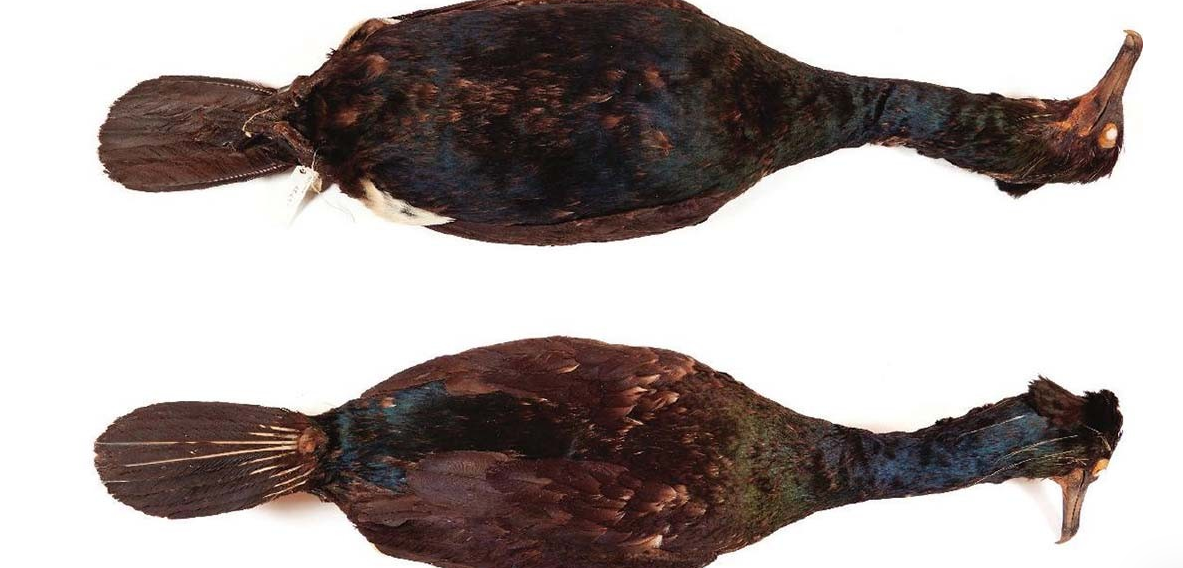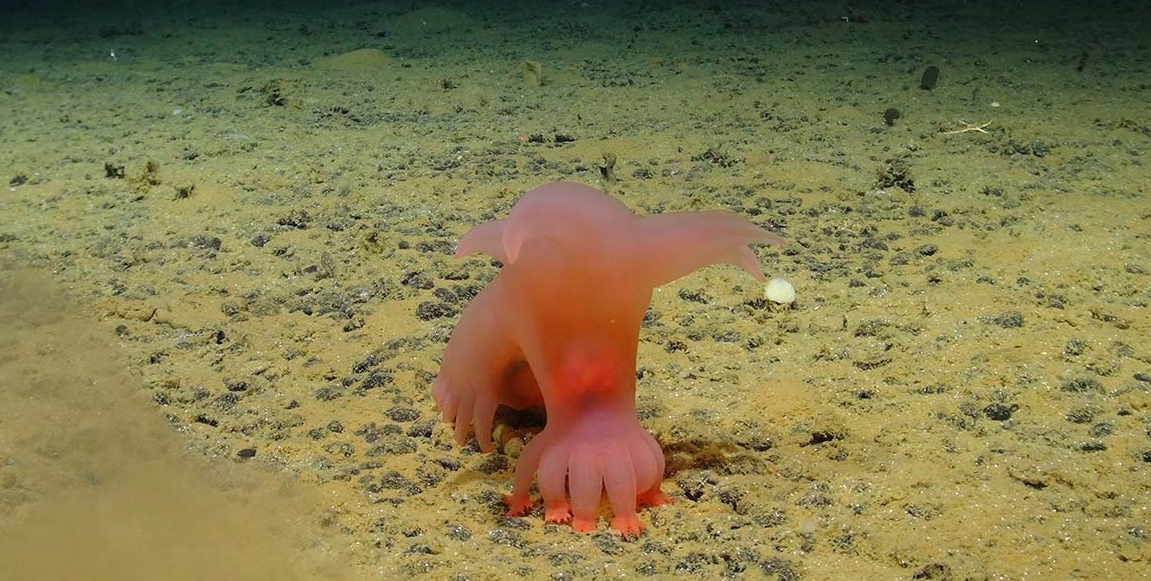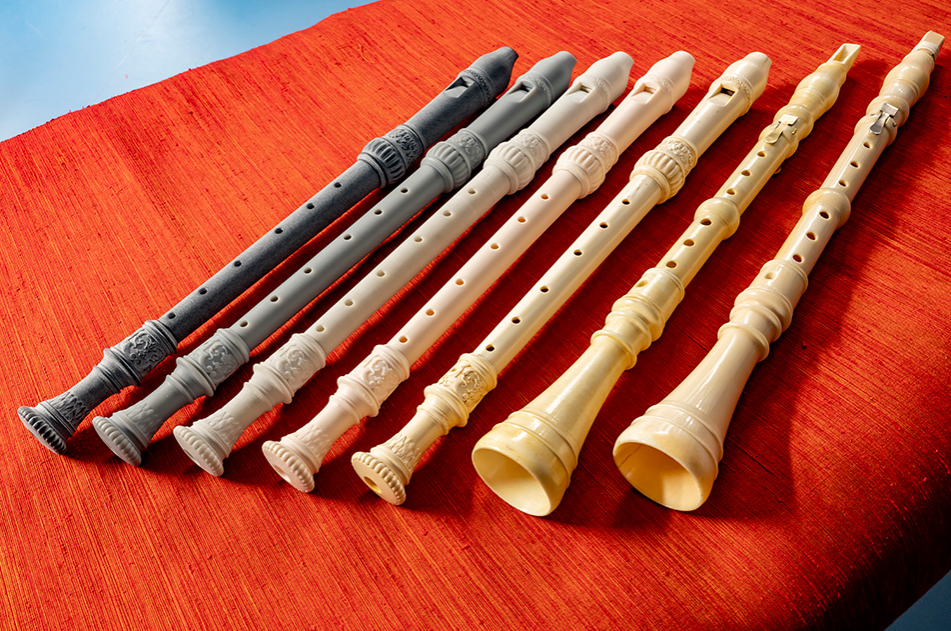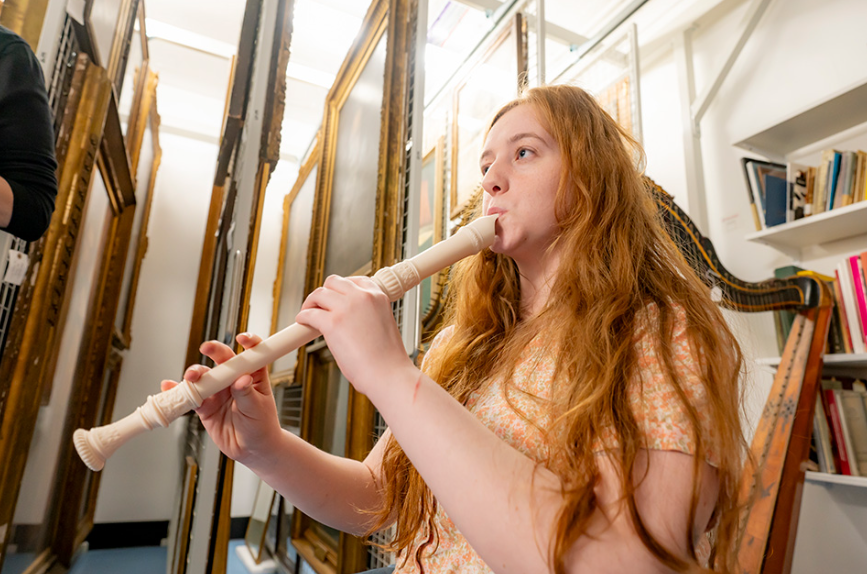
Rediscovering the world’s largest cormorant:
A recent study led by researchers from the University of Akureyri and the Natural History Museum shed light on the forgotten spectacled cormorant, the world's largest cormorant species, which became extinct nearly 200 years ago. Despite its remarkable size – standing at around a meter tall and weighing up to 6.5 kilograms – the spectacled cormorant's extinction in the 1850s largely went unnoticed, overshadowed by other events of the time.
The study, delves into the species' history, tracing its decline due to factors such as the fur trade and the introduction of Arctic foxes to its habitat. Through examination of museum collections worldwide, researchers Theo Squires and Dr. Alex Bond uncovered six skins and over 90 bones of the spectacled cormorant, piecing together its story and highlighting the importance of understanding and preserving the natural history of extinct species.
Expedition to the Pacific deep sea reveals extraordinary creatures never seen before:
An international team of scientists led by Dr. Adrian Glover embarked on an expedition to explore the depths of the eastern tropical Pacific Ocean, to find out what is living 4,000 meters beneath the surface. Despite the absence of sunlight and frigid temperatures, the abyssal Pacific Ocean revealed a thriving ecosystem sustained by "marine snow" – a cascade of dead algae, animals, and waste that creates vast drifts of abyssal mud. This region is an exciting area to study as there is a greater biomass of life in the top one centimetre of a given area of seafloor mud than in the entire 4,000 metres of water above it. See some of the extraordinary life seen in the recent expedition:
Nigeria expands school food programme following work with Imperial:
Nigeria plans to double its school food programme from 10 million to 20 million children by 2025, following work with Imperial's Partnership for Child Development (PCD). The expansion of the progamme to new schools will see children fed daily with food sourced from local small holder farmers that not only serves to improve the health and wellbeing of children but is also seen as a significant investment in the rural economy and the nation’s human capital. Dr. Lesley Drake, Executive Director of PCD, underscores the crucial role of research in engaging with policymakers to help shape a programme that will enhance the futures of millions of young people.
Innovative 3D models of historical instruments protect and promote rare instruments to new audiences.
The Royal College of Music Museum has created replicas of eight rare woodwind instruments spanning from the 17th to the 18th century using 3D printing technology. These accurate reproductions, suitable for professional performance, address conservation concerns surrounding the fragility of historical instruments, whilst enabling the instruments to be played by RCM students and professional musicians as well as broadening the experience for visitors through touch and sound.



